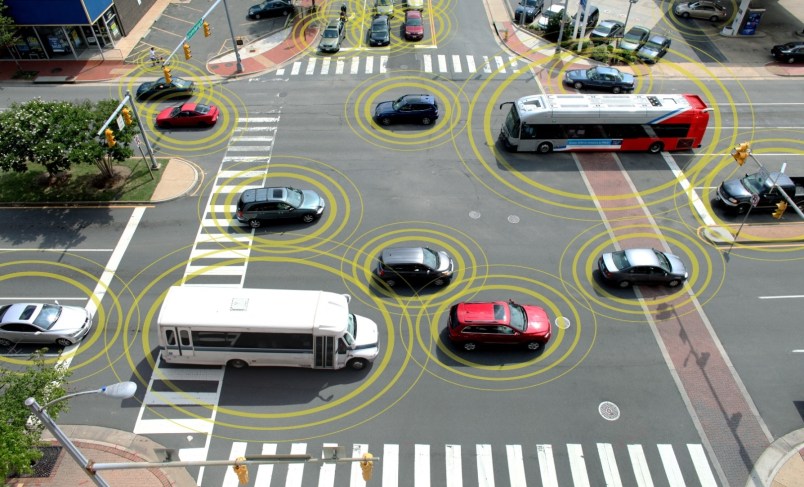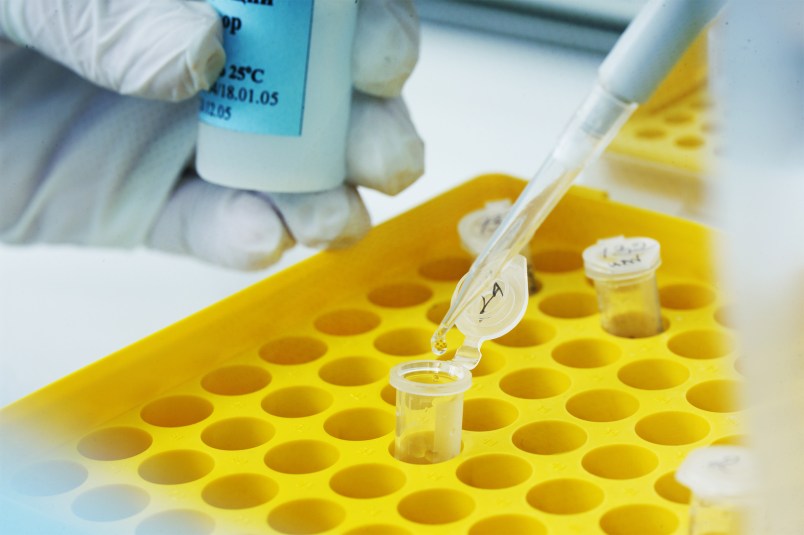Ann Arbor is gearing up for the launch of a total of 9,000 intelligent vehicles in in the next two years. That would expand the current fleet of 3,000 vehicles operating in Ann Arbor as “the world’s largest on-road, vehicle-to-vehicle and vehicle-to-infrastructure model deployment,” according to the University of Michigan.
The developing wireless technology enables vehicles to communicate with one another automatically. It allows to “sense threats and hazards with a 360 degree awareness of the position of other vehicles and the threat or hazard they present, according to the U.S. Department of Transportation, which is supporting the development of vehicle to vehicle communications.
“The idea is not only to improve safety — a V2V car will alert the driver of the sudden braking of another V2V car further up the road — but also to test the feasibility of automated, driverless vehicles,” the Ann Arbor News reports.
The Ann Arbor model, which launched in 2012, is also testing wireless vehicle to infrastructure technology, which allows vehicles to communicate with highway infrastructure.
“While the primary goal is safety, V2I communications are also significant in improving mobility and environment by reducing delays and congestion caused by crashes, enabling wireless roadside inspections, or helping commercial vehicle drivers identify safe areas for parking,” according to the Department of Transportation.
The Department of Transportation is providing funding for the project, which is being conducted in conjunction with the University of Michigan’s Transportation Research Institute.
At the same time, the university’s Mobility Transformation Center is constructing a testing facility in Ann Arbor for intelligent vehicles. Scheduled to open in late 2014, the facility will “include a network of approximately three lane-miles of concrete and asphalt roads with intersections, traffic signs and signals, sidewalks, roundabouts, benches, simulated buildings, streetlights and obstacles such as construction barriers,” according to the university.
“We are on the cusp of a revolution in transportation unlike any we’ve seen since the introduction of the automobile,” said Peter Sweatman, director of the Mobility Transformation Center. “The new facility will help the MTC partnership accelerate and integrate innovations that will lead to a commercially viable automated mobility system that will fundamentally transform mobility in our society.”






